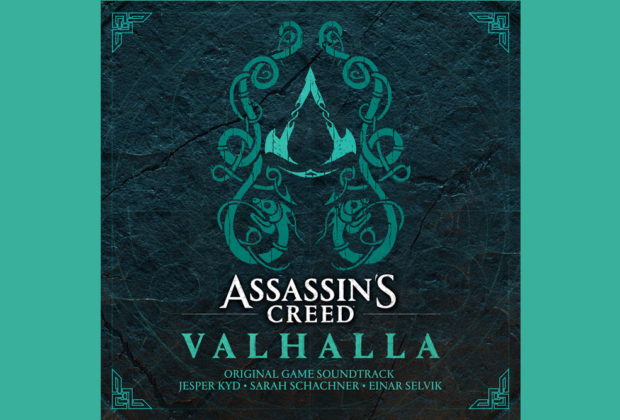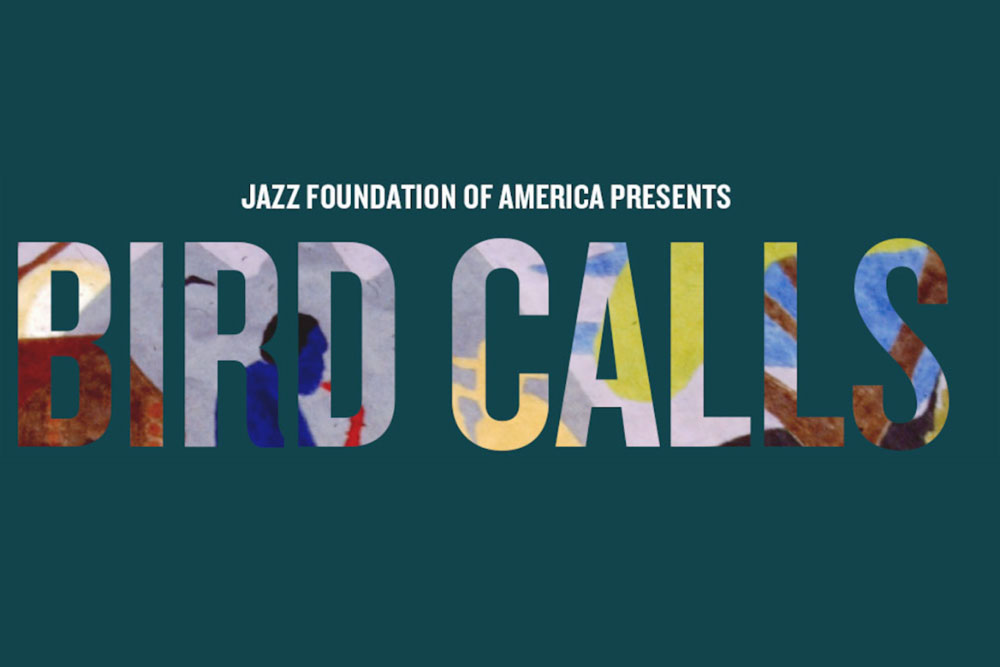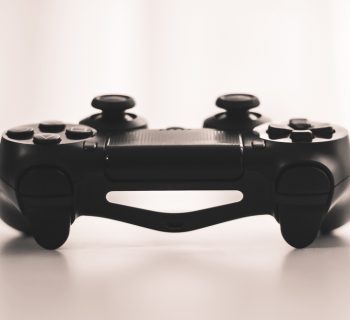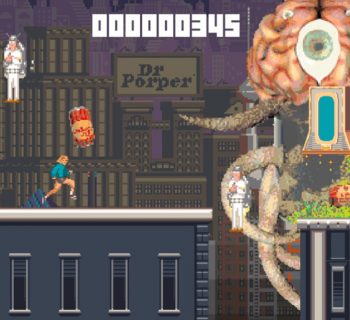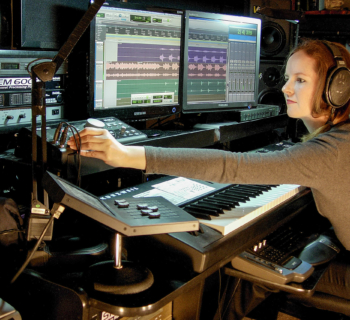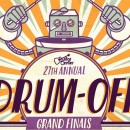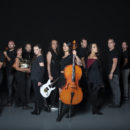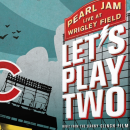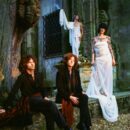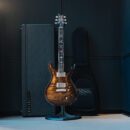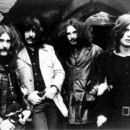The rapid advancement of technology is a bit of a double-edged sword for video game composers. On one hand, composing quality sessions in the comfort of your home is easier than ever (nice try, COVID!). On the other hand, the amount of content required for a AAA title continues to grow. At least that’s the case for Ubisoft’s Assassin’s Creed Valhalla.
While the game was released in November 2020, some of the game’s soundtrack was released in a 2-part EP back in July! So not only did composers Jesper Kyd (Borderlands, Hitman) and Sarah Schachner (Call of Duty: Modern Warfare, Anthem) have to co-compose for non-linear gameplay and cinematic cuts, but also trim down and write music that would make sense as a stand-alone release.
In this 2-Part MusicConnection.com feature, we caught up with Assassin’s Creed veterans Schachner and Kyd to discuss the realities of co-composing through a pandemic, some unique instruments recorded for this Norse score, how to work with audio directors, and much more!
Schachner is an American composer, producer, multi-instrumentalist and synth collector based in Los Angeles. Her Spotify has over 420,000 spins featuring music from Assassin's Creed Valhalla (2020), Call of Duty Modern Warfare (2019), Anthem (2019), The Lazarus Effect, and more.
Music Connection: How did Covid-19 impact composing for Assassin’s Creed Valhalla?
Sarah Schachner: We lucked out in some ways that this was not an orchestral score because once the lockdowns started, we wouldn’t have been able to do any sort of large-scale recording sessions. The Viking age came way before orchestral instruments even existed, so we drew on regional folk styles of music for the score. Playing instruments and overdubbing myself is a big part of my typical process, so I leaned into that even more, playing all of the string instruments at my home studio as well as performing various percussion, synths, and vocals. I did manage to do a full day recording session of ancient horns with instrumentalist and professor John Kenny, in Scotland. It was right at the beginning of March as the pandemic was starting and if we had scheduled the session one day later, we wouldn’t have been able to do it due to lockdown restrictions. We were very lucky and the Zoom technology gods definitely blessed us that day!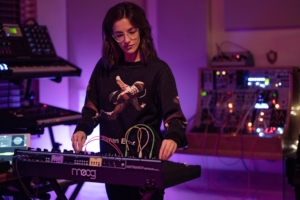
MC: What was the most challenging part of building music around the Norse theme?
Schachner: I’ve always loved the sound of Norse and Pagan folk music, so I was so excited to get to be in that sonic world. Open world games need an enormous amount of music and we’re writing upwards of 3 hours of material in this one style, so it’s different from writing a shorter, more focused album. In games, there needs to be a lot of sonic variety, so keeping things from feeling repetitive is really important, especially when using harmonically limited instruments like the tagelharpa or lyre. It was so much fun learning and playing these Norse instruments and exploring new ways to write for them.
MC: It’s been widely publicized that you, Jesper Kyd, and Einar Selvik worked together to compose the main theme & soundtrack. How about non-linear composition. Was the work divvy’d up a specific way?
Schachner: Einar being an expert in Nordic music, was brought on to write authentic Skaldic songs, but he ended up producing many of them out into full Wardruna-style arrangements. It’s been so cool to hear them throughout the game interspersed with the rest of the score. As for Jesper and I, the interactive gameplay score was split up equally and assigned to us by the Ubisoft audio team. We each did pretty much the same amounts of everything from exploration, to combat, to cinematic cut scenes etc. While the three of us each have our own sound and approach, I was really happy with how it all fit together as a cohesive balanced work. Having multiple composers on a single project can sometimes end up sounding disjointed and unfocused, but I think it truly made the game better in this case.
MC: The breadth in the mix of “The Sceptred Isle” really stood out to us. How did you pull off the live choir?
Schachner: My options were obviously a bit limited with the pandemic lockdowns, so I wrangled my boyfriend (who has Danish heritage) and we sang it together. I multitracked myself for the top 3 harmonies, and he sang the lower parts. This wasn’t something I was planning in advance and it was conceived, composed and produced pretty much in a single day. I was reading about these super old Scandinavian rune stones and one stood out to me in particular with the oldest known record of Skaldic verse. The translation honors an old Viking Chieftain who died in battle. The idea with this piece was to take some of those lyrics and merge them with something that musically sounds like it came out of an Anglo-Saxon church. As you’re roaming the hillsides of England, I wanted this piece to touch upon that clashing of cultures and foreshadow the history of the Vikings that raided the monasteries and even later converted to Christianity.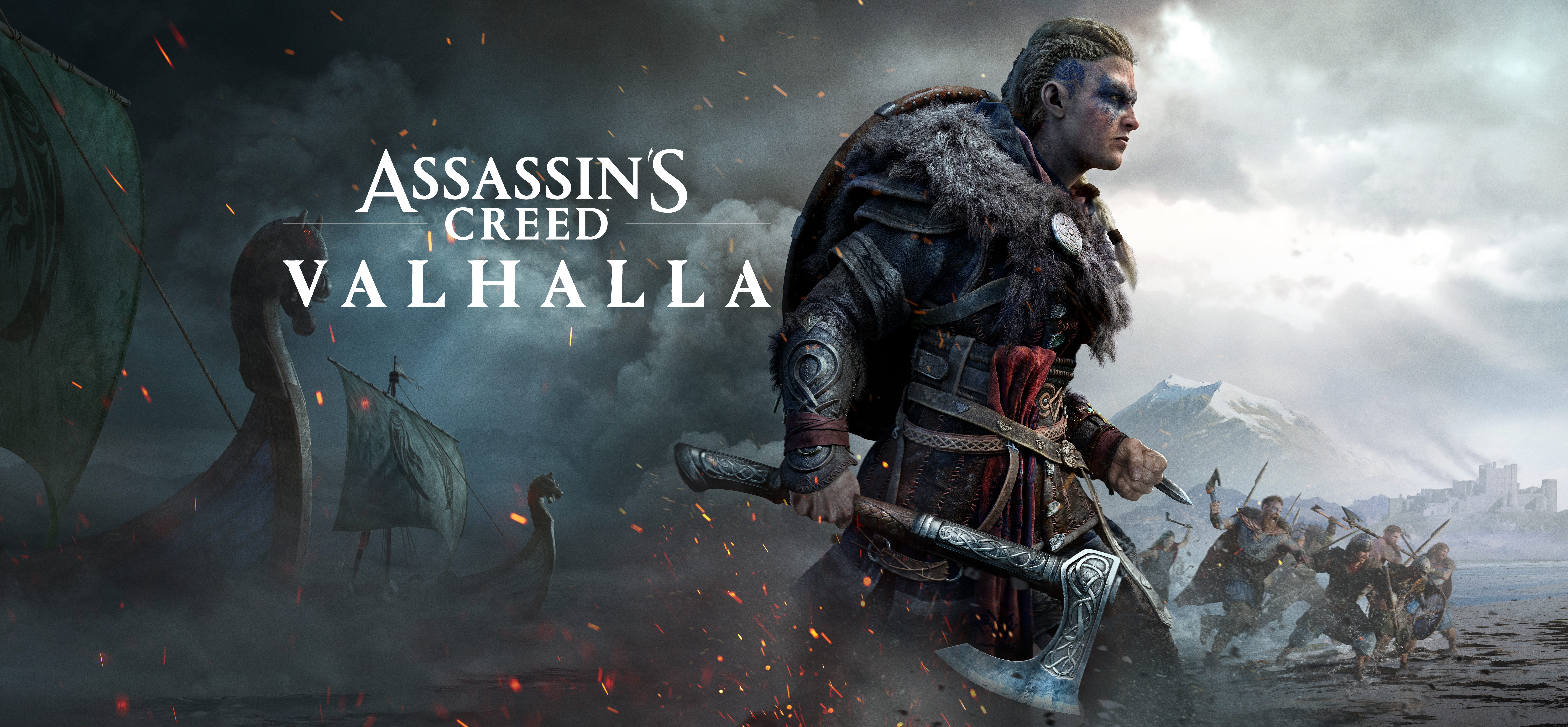
MC: You used a lot of ancient instruments on this composition, including a carnyx (ancient war horn); tagelharpas (horse-haired instruments); plucked lyre; and animal hide drums… which was your favorite and how did you record it?
Schachner: Working with John Kenny, who performed the Carnyx, was a highlight for me. He has different versions of the instrument and my favorite is the Deskford Carnyx because it has a bit more of a raspy tone. The Carnyx is a Celtic war horn from thousands of years ago and John is one of a few people in the world who has a playable reconstruction. It has a very unusual harmonic series and an otherworldly tone that I fell in love with as soon as I heard it. I knew I wanted to use this instrument in the score from the very start, and we connected online and arranged a remote recording session. I was interested in gathering source material to capture the overall tone and texture of the instrument as well as rhythmic and melodic gestures to have at my disposal to work with throughout the score. I enjoy working with raw audio performances that I can process, pitch, resample, and mangle in interesting ways. I also really enjoyed playing and recording the horse-haired tagelharpa instruments. They have a raw and airy texture that really captures that Norse atmosphere. I recorded all of the string instruments in a very close-mic’d position through a tube preamp and processed them with distortion and filters.
MC: As an avid synth enthusiast, were there any new synthesizers you brought to this project?
Schachner: Definitely! I used the Moog Matriarch for its gorgeous lush pads and stereo delay and my Moog Voyager and Jupiter 6 pretty much end up on almost everything I do. I got a SOMA LYRA-8 Organismic Drone Synth and that made its way into some of the cinematics and exploration music. It’s such a strange synth and creates some really interesting textures.
MC: Ubisoft released this soundtrack BEFORE the game’s release. How did that impact your schedule of work?
Schachner: I’ve never had a project put out music [several] months before the game came out so that was a new experience as we were still very much in the hectic final months of composing. It was a lot to manage, but it was really cool that Ubisoft wanted to lead with the music in that way. I like the idea of having an EP out in advance of the full score to give people a taste of what’s to come, especially on a project like this that has so much music that can be hard to digest all at once. The official score isn’t even anywhere near all of the music written.
MC: So should AAA composers expect to develop an “album” to support a large-scale title?
Schachner: It’s pretty much expected at this point, especially if the music plays a big role in the experience. As a composer, it’s our only opportunity to present the music in its natural form outside of the interactive context, and I’m really happy that there is a growing demand for it.
“Having multiple composers on a single project can sometimes end up sounding disjointed and unfocused, but I think it truly made the game better in this case.”
MC: With so many games going into the Downloadable Content (DLC) and Season Pass model, can you shed a light on how contracts or roles are handled? Are composers working after release, or is your work usually 100% complete by original release?
Schachner: It totally depends on the project. I’ve had some where I’m completely finished when it ships, and others, like Call of Duty: Modern Warfare, where I was continuing to write new music throughout the following year to support the Warzone multiplayer updates. I was finishing my final pieces for that at the same time I was finishing Valhalla, so it definitely gets crazy when there are multiple projects going on at once for very long periods of time.
MC: On a project of this scale, what’s your relationship with the audio director and sound designers?
Schachner: We’re constantly sending music in and as each piece is finished, it’s tested in-game by the audio director/team and given immediate feedback. They’ve usually broken down the entire game into specific individual musical assets and we are writing to the particular audio system they have designed. While I have to have a solid understanding of how the music needs to function and how it will be triggered by gameplay to decide on the best compositional approach, sometimes the music can inspire technical implementation ideas as well, so it’s very collaborative. The best relationships are when there’s open communication as well as trust to allow room for new ideas and experimentation.
MC: Do you have any advice for someone just getting into non-linear composing?
Schachner: Don’t just listen to other game scores. Listen to all types of music and draw inspiration from unexpected places. Outside of traditional orchestral music, it’s important to develop your own sound with music production as well as writing. There are so many great sample libraries and I know they are enticing, but don’t rely on those for your sound. Composing for games is amazing because there is a lot of freedom and you often get to create entirely new sonic worlds, so it’s better to focus on developing your own unique voice rather than trying to be pretty good at every style.
Part 2 of this series, featuring composer Jesper Kyd, is published here.

